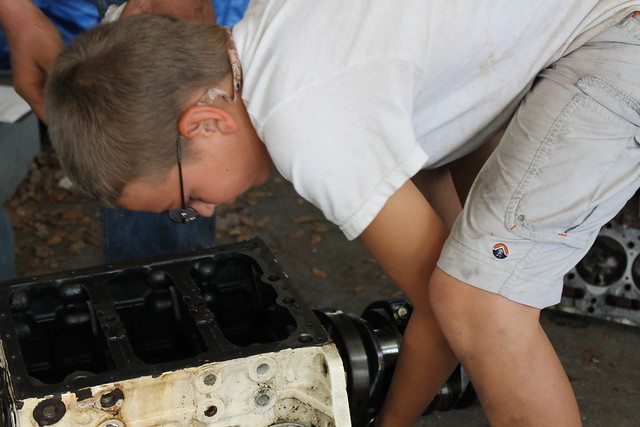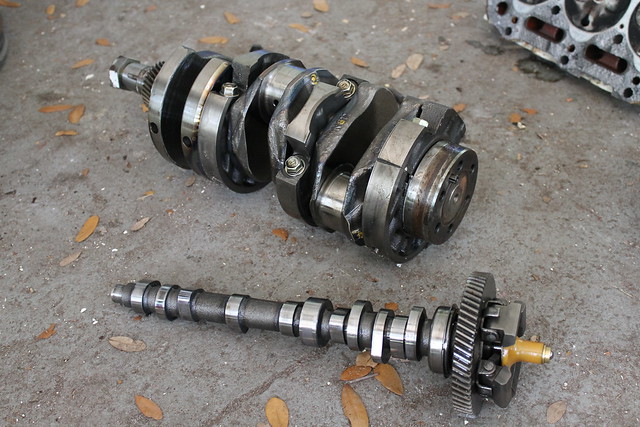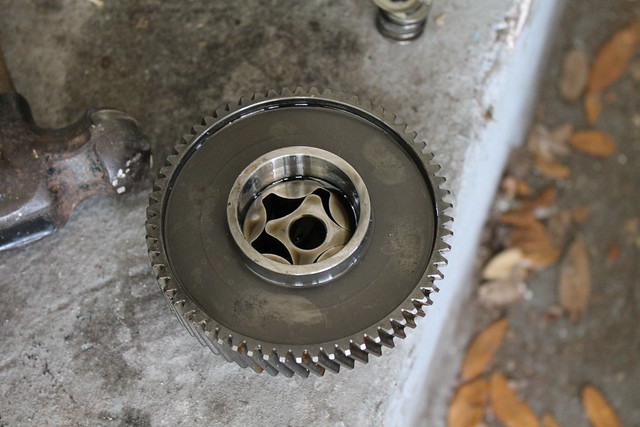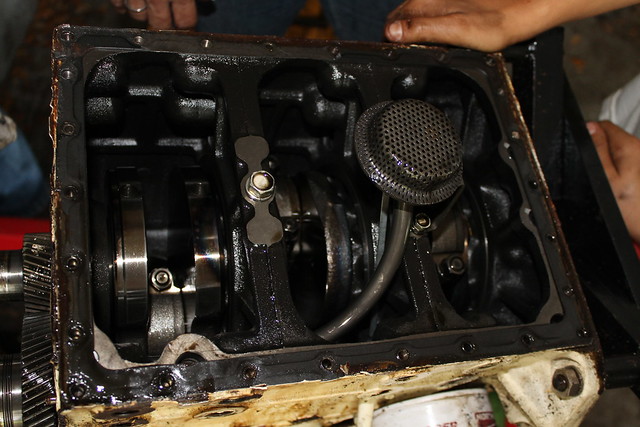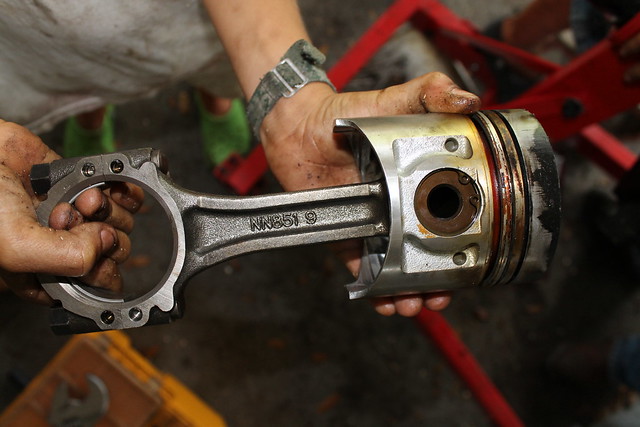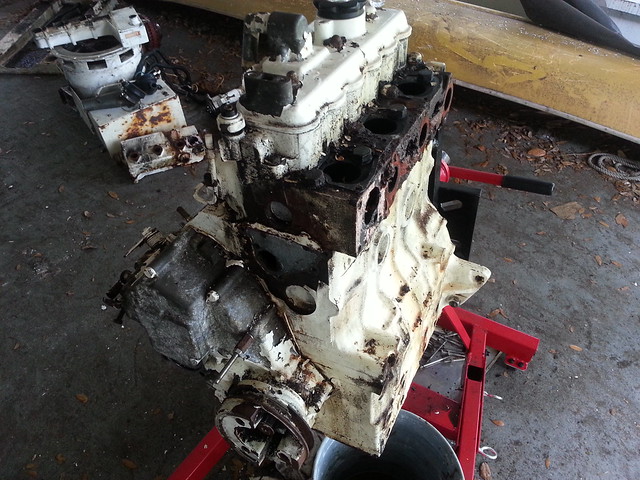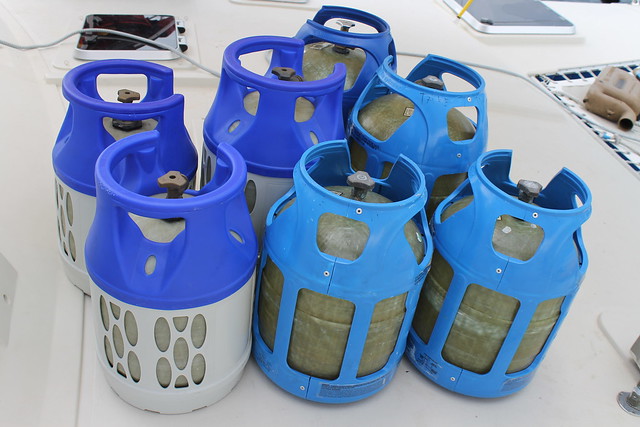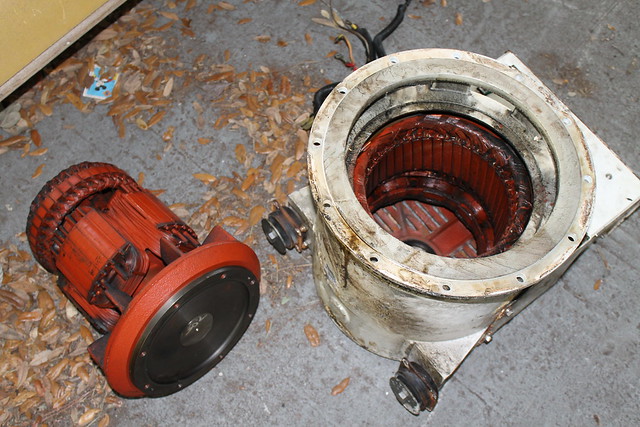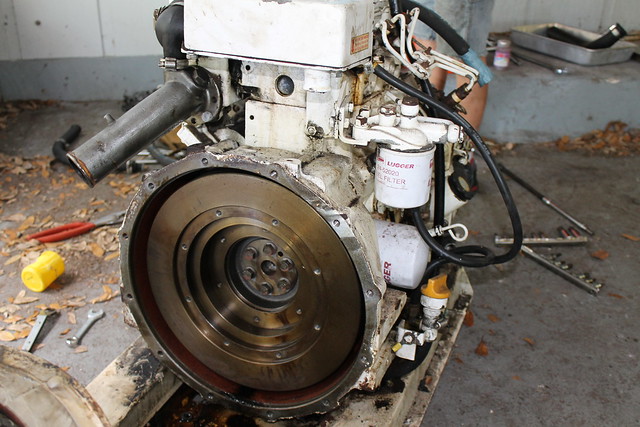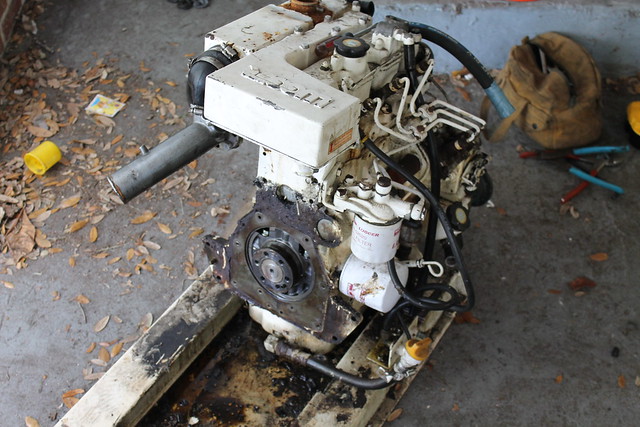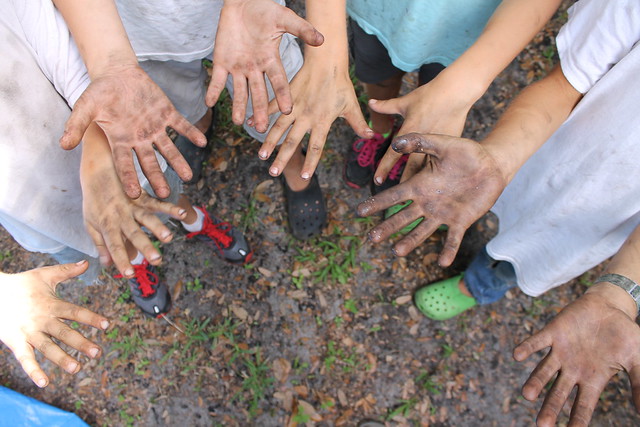Spend enough time around boats and the water, and you’re bound to fall in sooner or later. It happens to everybody eventually and today it was Rachel’s turn. This is how it happened.
Tanya, Sarah, Sam, and Rachel were heading off to the store. While walking up the dock toward the parking lot, they passed a boat having its carpets cleaned. This was evidently a pretty interesting process, and everybody took a good look as they walked by. But Rachel’s attention was so drawn by the strange machine that she failed to maintain proper course and speed. Looking to her left, she veered a little too far to the right, and walked right off the dock.
This was a fixed dock, so not a simple matter of reaching down and scooping her up. It was about a 6-7 foot drop. Tanya heard Rachel’s splash and jumped in right behind her. Sarah and Sam ran to get me. A guy from the cleaning crew heard the commotion and reached down to hold Tanya’s hand and help her stay above water. I got there with the dinghy and brought Tanya and Rachel back for showers and dry clothes.
All-in-all it went pretty well. I don’t think they were in the water for more than three minutes and nobody was hurt, but we always analyze this kind of event and try to figure out what we could have done better.
What we did right:
Rachel never goes on the dock without Mom or Dad, and shouldn’t be on deck without us watching either. Tanya was there and reacted quickly.
Nobody panicked. Rachel did her best to float as she had been taught. Every kid I’ve ever seen fall in freaks out. Rachel did not even cry. Totally calm.
While going to get Dad may have been a natural reaction for Sarah and Sam, in this case it also happened to be the quickest route to rescue. I already had the dinghy in the water because, believe it or not, a guy from another boat had already fallen in this morning.
After telling me what happened, the kids returned to Tanya to let her know I was on the way.
The dinghy was definitely the best way to get them out of the water. Water to dinghy, dinghy to boat, and shower on the transom is a process we’re all intimately familiar with. Bringing them back up to the dock by another means may have worked, but it wouldn’t have been as fast and simple.
What could have gone better:
This marina, probably like many others, is short on devices for self-rescue. It’s a long drop to the water and there are very few ladders. Really the only option for climbing out is a boat with a swim platform. The current in this area is strong, and swimming upstream is very difficult. There really should be better equipment for helping someone get out of the water.
Tanya and I had often thought about what to do if someone fell in. We always assumed it would be Rachel, and our working plan was that someone would jump in after her and swim to a nearby boat. However, Tanya felt differently once she was in the water. Her immediate need was for flotation, and nobody was prepared for that.
I don’t want to be too hard on them, but the kids could have done a better job. They know it. Sam and Sarah did not both need to come get me. One could have gone the other direction to the dockmaster’s office. Either could have brought back flotation. A cushion from our boat or another boat, a life ring, a dock line, anything. The older boys back on Take Two came running when they heard the call. They didn’t bring flotation either.
Rachel is making good progress with her swimming, but she’s not there yet. This has been a big priority for a while now, and Tanya has her in the pool almost every day, but it can’t happen fast enough. It was apparent that Rachel’s emergency floating practice kicked in, but she needs more.
Afterward, as we all relaxed and debriefed, some silly adrenaline-induced mistakes came out:
When I jumped in the dinghy, I was in such a rush to get it started that I jerked on the choke with the strength I meant to use for the pull cord. I’m lucky I didn’t break it.
As I pulled up to Tanya and Rachel in the water, I actually tried to hand her a cushion. She looked at me like I was an idiot, completely ignored my cushion, and just grabbed the boat.
My brain was still addled when we got back to Take Two. I’ve parked the dinghy between Take Two’s transoms hundreds of times and I always do it the same way, but this time I unintentionally parked it backwards (bow to starboard instead of port). Then I tried to get out without hooking it up to the davits.
But Eli gets the prize for absentmindedness. He was in the bathroom when Sarah came yelling that Rachel had fallen in the water. Eli is our hero, our man-of-action. If someone needs his physical help, he's there. So when Aaron and I rushed out to help, he came too. Unfortunately he forgot his pants.

